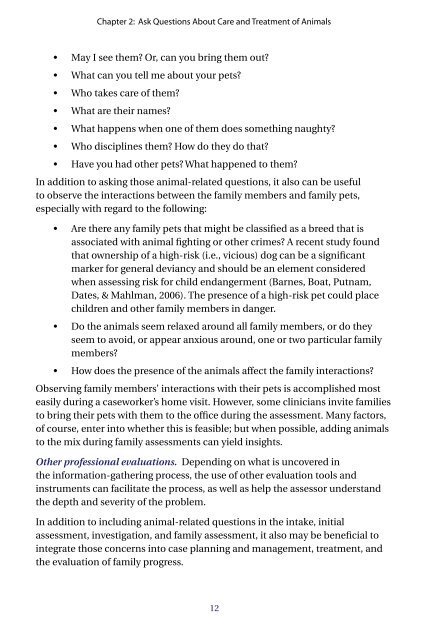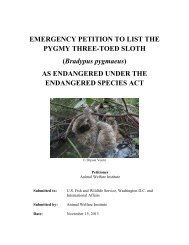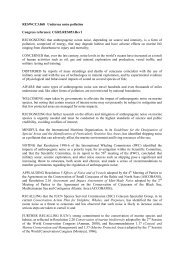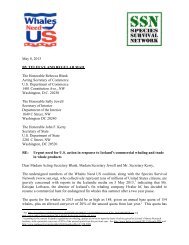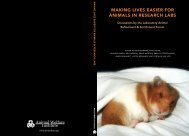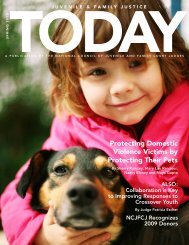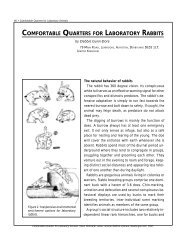A Common Bond - The National Link Coalition
A Common Bond - The National Link Coalition
A Common Bond - The National Link Coalition
- No tags were found...
You also want an ePaper? Increase the reach of your titles
YUMPU automatically turns print PDFs into web optimized ePapers that Google loves.
Chapter 2: Ask Questions About Care and Treatment of Animals• May I see them? Or, can you bring them out?• What can you tell me about your pets?• Who takes care of them?• What are their names?• What happens when one of them does something naughty?• Who disciplines them? How do they do that?• Have you had other pets? What happened to them?In addition to asking those animal-related questions, it also can be usefulto observe the interactions between the family members and family pets,especially with regard to the following:• Are there any family pets that might be classified as a breed that isassociated with animal fighting or other crimes? A recent study foundthat ownership of a high-risk (i.e., vicious) dog can be a significantmarker for general deviancy and should be an element consideredwhen assessing risk for child endangerment (Barnes, Boat, Putnam,Dates, & Mahlman, 2006). <strong>The</strong> presence of a high-risk pet could placechildren and other family members in danger.• Do the animals seem relaxed around all family members, or do theyseem to avoid, or appear anxious around, one or two particular familymembers?• How does the presence of the animals affect the family interactions?Observing family members’ interactions with their pets is accomplished mosteasily during a caseworker’s home visit. However, some clinicians invite familiesto bring their pets with them to the office during the assessment. Many factors,of course, enter into whether this is feasible; but when possible, adding animalsto the mix during family assessments can yield insights.Other professional evaluations. Depending on what is uncovered inthe information-gathering process, the use of other evaluation tools andinstruments can facilitate the process, as well as help the assessor understandthe depth and severity of the problem.In addition to including animal-related questions in the intake, initialassessment, investigation, and family assessment, it also may be beneficial tointegrate those concerns into case planning and management, treatment, andthe evaluation of family progress.12


